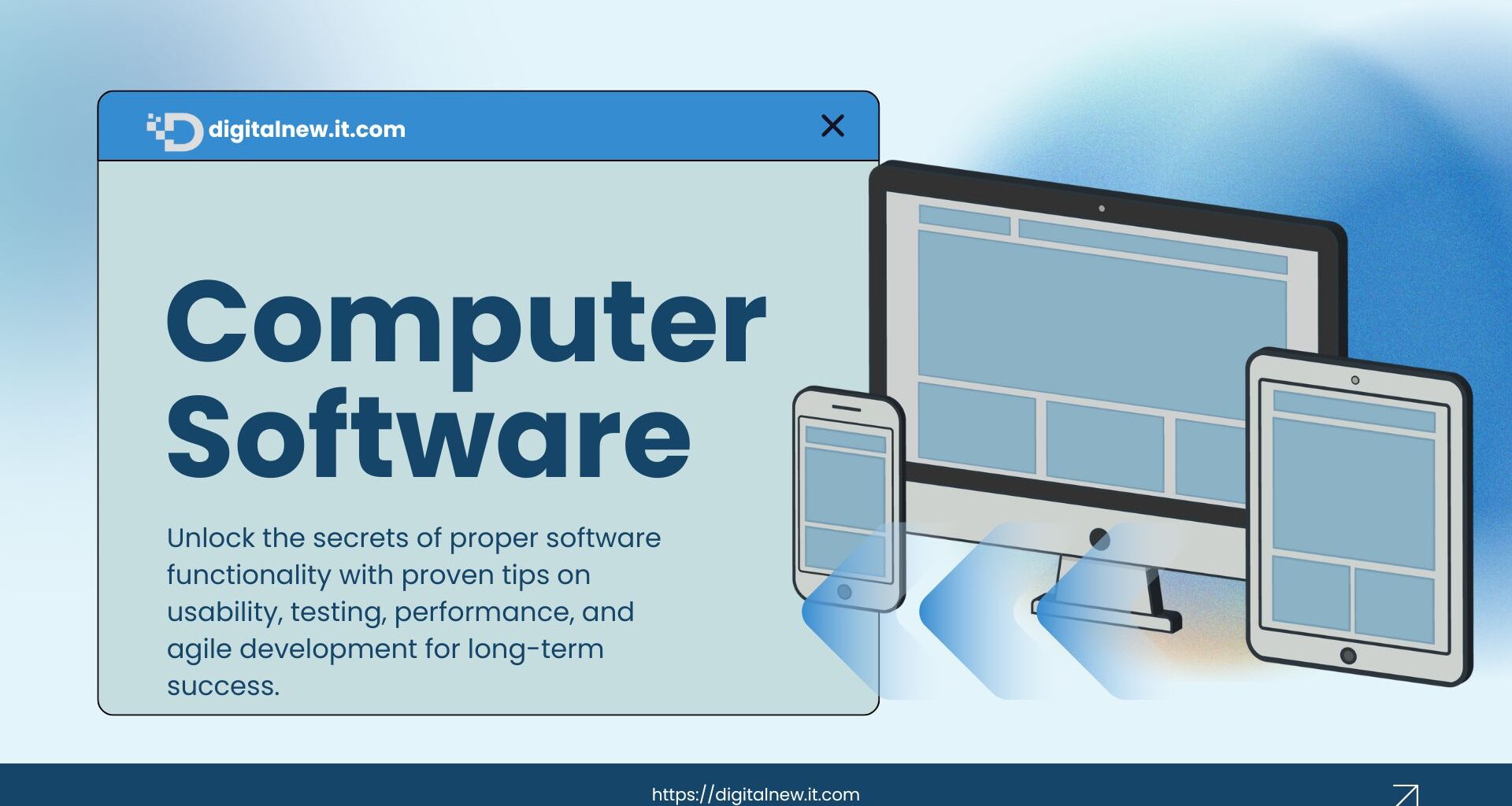Unlocking the Secrets of Proper Software Functionality
Functionality
In the fast-paced digital world, software is the backbone of modern business and innovation. However, even the most advanced solutions can fail if they lack proper functionality. Understanding what makes software truly functional is the key to long-term success and user satisfaction. In this article, we’ll explore how to unlock the secrets behind proper software functionality and ensure your applications perform at their best.
What Is Proper Software Functionality?
Proper software functionality refers to how well a software product performs its intended tasks under specific conditions. It’s not just about working — it’s about working right every time. Functional software meets user expectations, handles data correctly, integrates seamlessly with other tools, and performs reliably over time.
Key Elements of Software Functionality
To ensure software is functional, several critical factors must be considered:
1. Requirements Accuracy
Proper functionality starts with clear and precise requirements. If developers don’t understand what the software is supposed to do, they can’t build it correctly. Gathering detailed user stories and setting clear functional requirements prevent scope creep and reduce errors.
2. Effective Testing
No software should be considered functional without thorough testing. Unit tests, integration tests, and user acceptance testing (UAT) all play vital roles in verifying that the application behaves as expected in real-world scenarios.
3. User-Centric Design
A functional product must be easy to use. If users struggle to complete tasks due to a poor interface or confusing design, the functionality is compromised. Prioritizing UX/UI design ensures users can fully benefit from the features provided.
4. Performance and Scalability
Even if software works correctly, it must also work efficiently. Proper software functionality includes high performance under load and the ability to scale as user demand grows.
Best Practices for Ensuring Software Functionality
Unlocking the secrets of proper functionality involves a proactive approach at every stage of development.
Implement Agile Methodologies
Agile development allows for continuous feedback, quicker bug identification, and regular updates. This flexible approach ensures functionality evolves with user needs and market trends.
Use Automated Testing Tools
Automation saves time and increases accuracy. Tools like Selenium, JUnit, and Postman help in maintaining functionality throughout code changes and deployment cycles.
Conduct Code Reviews
Peer reviews help catch functional issues before they become critical. Regular reviews improve code quality, consistency, and functionality.
Monitor Post-Deployment
Even after release, software must be monitored for performance and bug reports. Tools like New Relic or Sentry help developers react quickly to issues and maintain smooth functionality.
Conclusion: Functional Software Is Future-Proof Software
Unlocking the secrets of proper software functionality isn’t about shortcuts — it’s about solid foundations. By focusing on accuracy, testing, usability, and performance, developers can create applications that not only meet expectations but exceed them.
Well-functioning software improves productivity, increases user satisfaction, and reduces long-term maintenance costs. Prioritize functionality, and your software will stand the test of time.









